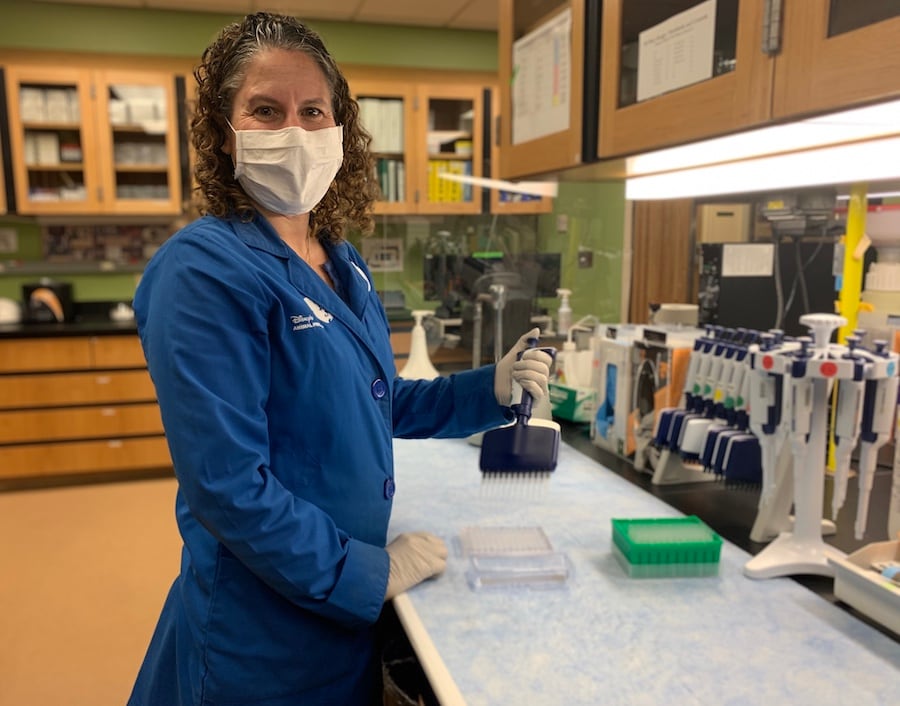Like a scene from a comic book, Disney is teaming up with some of the brightest minds for a greater good, and their mission is to save the rhinos.
The group – which includes collaborators from Disney’s Animals, Science and Environment team, The Wilds, George Mason University, the South-East Zoo Alliance for Reproduction & Conservation, The Center for Conservation and Research of Endangered Wildlife (CREW) at the Cincinnati Zoo & Botanical Garden, and the Animal TB Research Group from Stellenbosch University, South Africa – plans to work together to help ensure the success and sustainment of thriving rhino populations in zoos and other accredited facilities.
Wild rhino populations continue to dwindle due to an alarming amount of illegal poaching. Sadly, they’re still hunted for their horns, which continue to be used as status symbols and in some forms of traditional medicine. Because of this, managed rhino populations in accredited facilities are becoming increasingly important for the survival of the species.
I feel fortunate to work up close with these majestic animals at Disney’s Animal Kingdom Theme Park, where we are able to provide guests with an opportunity to learn more about this endangered species and the threats they face in the wild. Seeing a member of our rhino crash – or family – up close on Kilimanjaro Safaris creates a lasting memory for our guests and helps inspire future generations to aid in their conservation. And through the Species Survival Plan, which is overseen by the Association of Zoos and Aquariums to ensure the responsible breeding of endangered species, our rhino crash continues to grow. We have had 12 southern white rhinos born at Disney’s Animal Kingdom Theme Park to date, including a calf born just this month, with another due later this year.

The group’s research will focus on four priority areas identified by the Association of Zoos & Aquariums’ (AZA) Rhinoceros Research Council in 2019:
- Physical fitness and its role in the overall health of rhinos.
- Iron storage in browsing rhinos – essentially, ensuring they have the right amounts of key nutrients including iron.
- Reproductive success, ensuring healthy populations.
- How behavior and environmental factors may help the well-being of rhinos.
While each of these four areas is critical, together they provide a holistic view of how to ensure the best care of rhinos in accredited facilities. This collaborative research will take place over the course of three years before it is compiled and shared with veterinarians and animal care staff at the 74 AZA facilities currently caring for rhinos.
By working together and combining forces, this extraordinary team of experts will provide a basis for recommendations to help ensure rhinos receive the best care and that they’re around for multiple generations to enjoy!

